

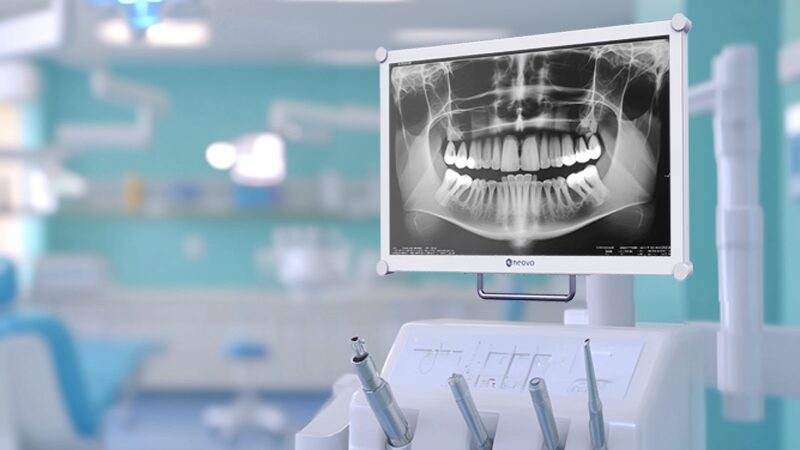
In today’s professional environments—from military and marine applications to high-end consumer markets like the Apple iMac—optical bonding technology has become a game-changer for LCD monitors, delivering superior display performance. As this technology continues to prove its value, it is increasingly being adopted in dental practices, where demands for image accuracy, durability, and hygiene are paramount. For dental professionals, upgrading to optically bonded LCD monitors isn’t just an improvement—it’s a necessity for staying ahead in a rapidly evolving field and ensuring precise, effective treatment planning.
Optical bonding is an advanced manufacturing process used in LCD monitors to enhance display performance. During this process, a layer of resin is applied to bond the LCD module directly to the cover glass, eliminating the air gap found in standard monitors. This technique not only improves image quality but also makes the display more durable and resistant to environmental factors like dust, moisture, and physical impact.
In simpler terms, optical bonding transforms a standard LCD screen into a high-performance display that’s better suited for demanding environments—like dental clinics, where precision, durability, and hygiene are critical.
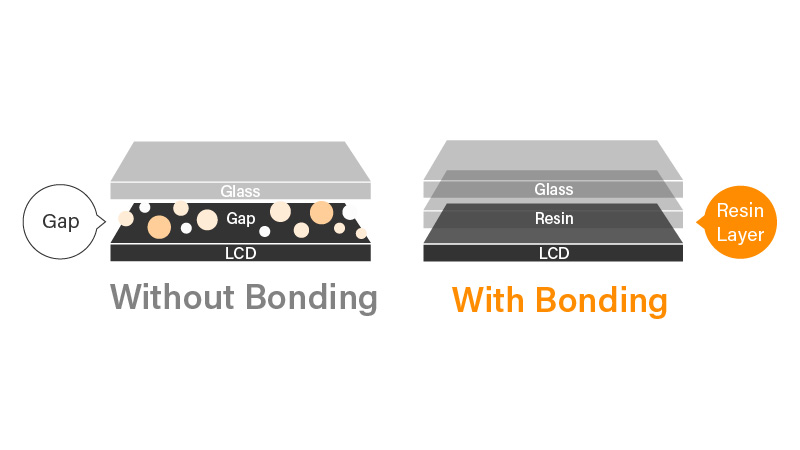
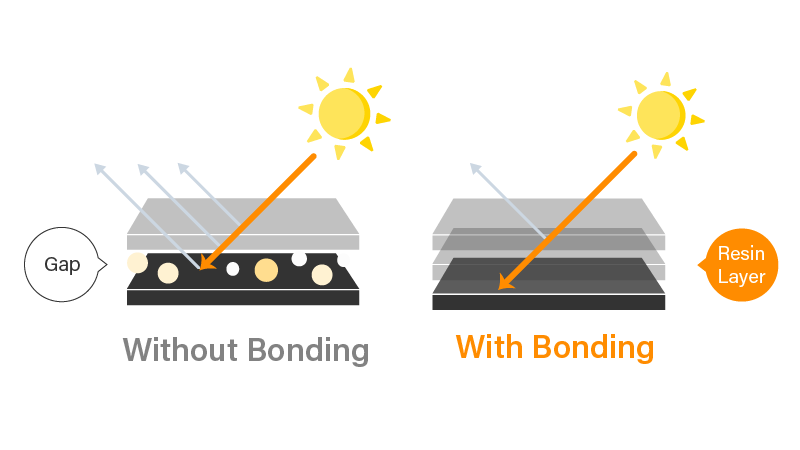
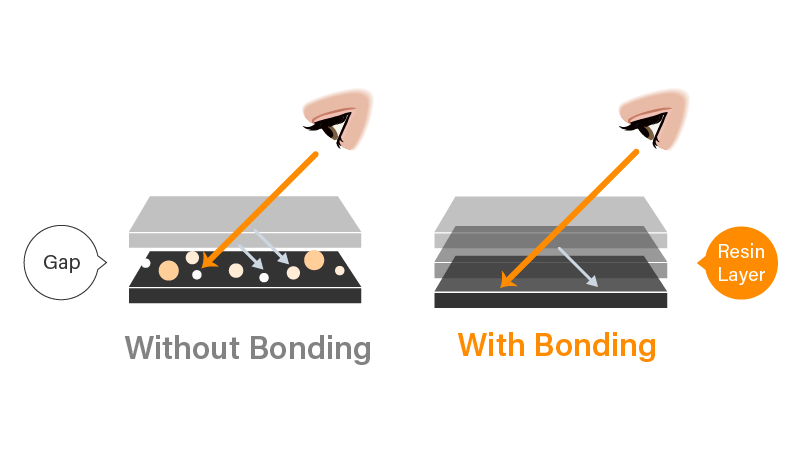
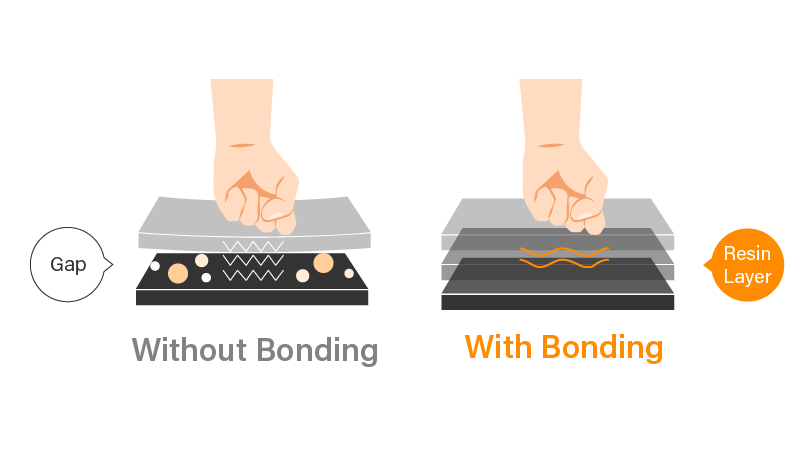
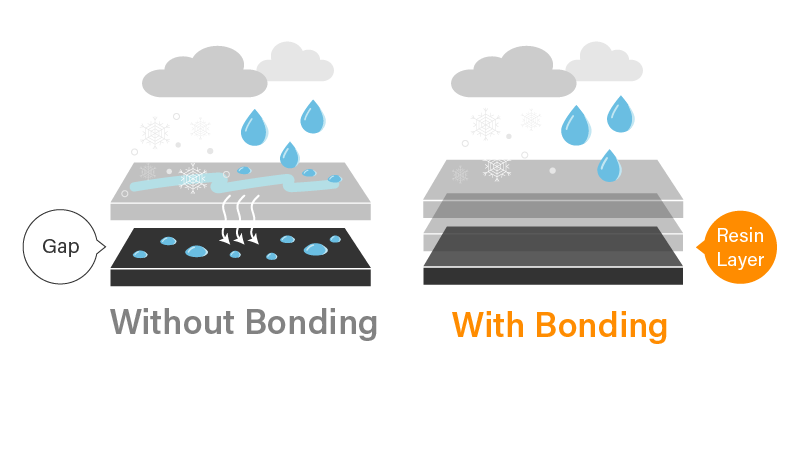
In a dental setting, where precision is paramount, the enhanced image clarity provided by optical bonding allows dental professionals to see sharper, more detailed images. This clarity is essential for accurate assessments and effective treatment planning, enabling practitioners to make more informed decisions. Whether examining X-rays or conducting visual evaluations, the reduction in internal reflections ensures that even the smallest details are visible and correctly interpreted, supporting the delivery of the highest level of care.
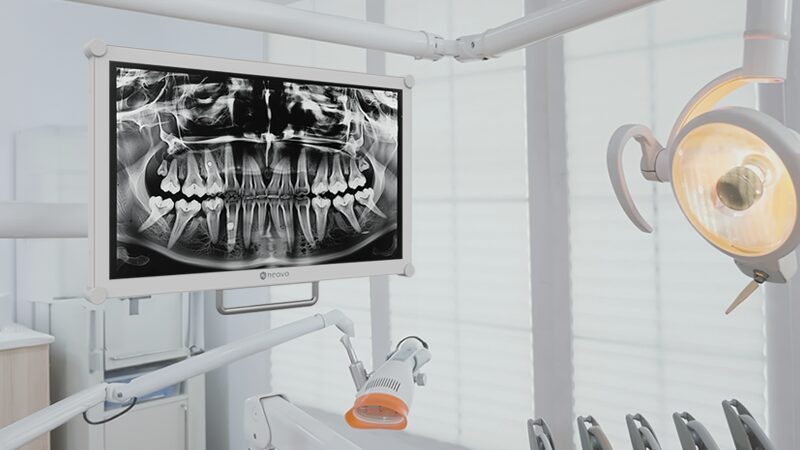
Dental clinics are often brightly lit, which can cause glare and visual discomfort when viewing monitors. Optical bonding significantly reduces external reflections and minimizes glare, offering a substantial advantage in such environments. By providing clearer, glare-free images, dental professionals experience less visual strain, allowing them to maintain focus and precision during long consultations and procedures. This not only enhances the efficiency of the dental team but also contributes to a more comfortable and stress-free experience for patients.
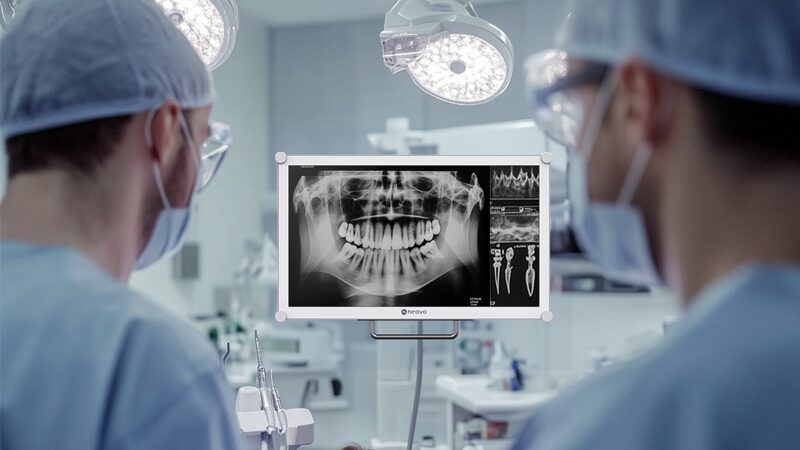
Dental equipment in high-traffic environments is subject to intensive use. Optically bonded monitors are designed to withstand the rigorous demands of busy dental practices, offering increased durability. This robustness protects against scratches, dust, and liquid exposure, ensuring that monitors remain reliable and functional over the long term. The durability offered by optical bonding results in fewer disruptions and lower maintenance costs, providing dental practices with a dependable tool that supports continuous, high-quality care.
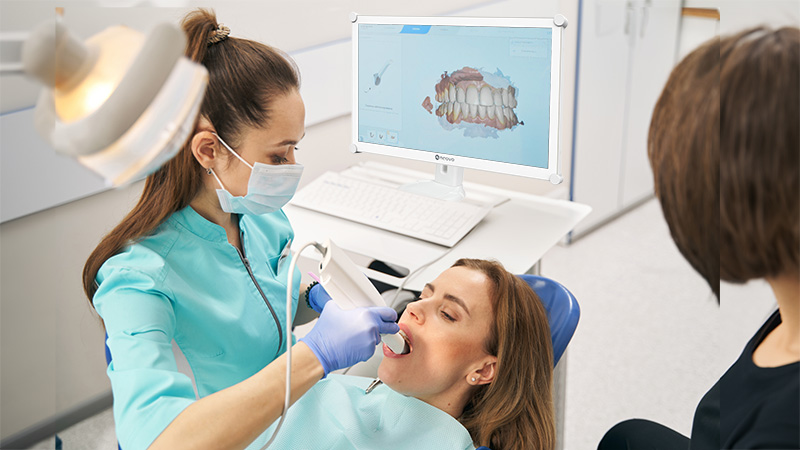
Maintaining hygiene is crucial in dental clinics, and optically bonded monitors provide a distinct advantage. The absence of an air gap prevents dust and moisture from getting trapped inside the monitor, making it easier to clean and maintain. This feature supports infection control protocols, ensuring that dental clinics can adhere to strict sanitation standards. Additionally, the ease of maintenance reduces downtime, allowing dental professionals to focus on patient care rather than equipment upkeep.
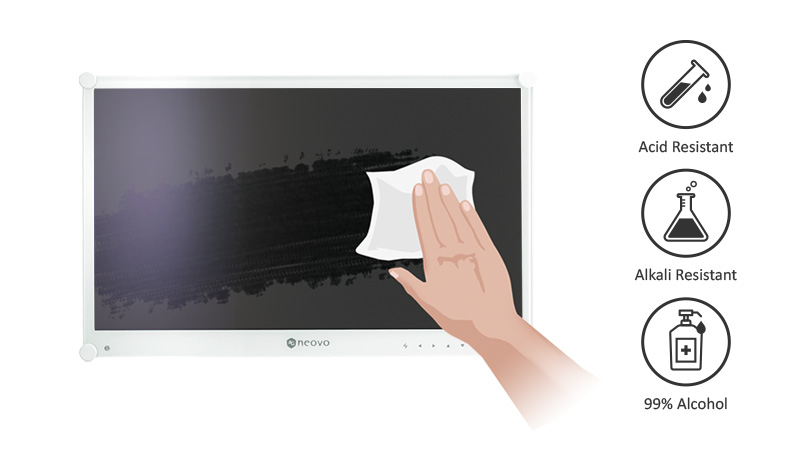
The ergonomic benefits of optical bonding, including reduced eye strain and glare-free viewing, contribute to a more efficient and comfortable working environment. Dental professionals can work for extended periods without experiencing the fatigue associated with inferior displays. This improved comfort directly impacts workflow efficiency, enabling dental teams to perform at their best and ultimately enhancing the quality of care provided to patients.
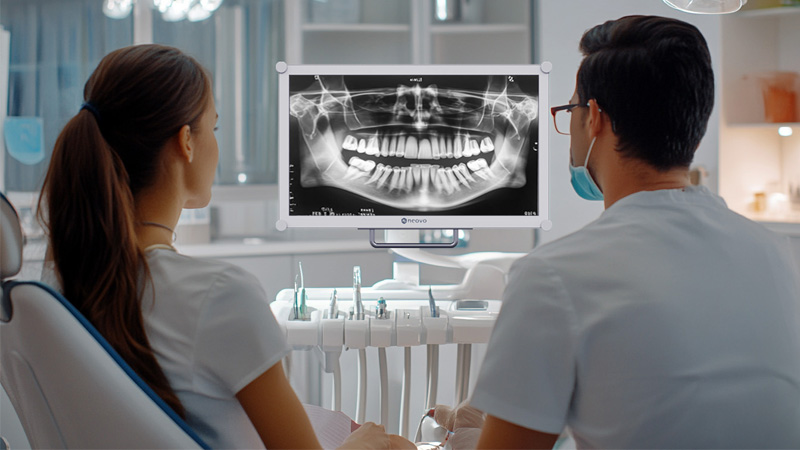
| Feature | With Optical Bonding | Without Optical Bonding |
| Image Clarity | High (Enhanced light transmission) | Moderate (Standard light transmission) |
| Glare Reduction | Significant (Minimized reflections) | Limited (Higher reflections) |
| Durability | High (Scratch, dust, liquid resistance) | Moderate (Standard protection) |
| Color Accuracy | High (Uniform color reproduction) | Moderate (Potential color inconsistencies) |
| Hygiene Maintenance | Easy (No air gap for dust/moisture) | Moderate (Dust/moisture can get trapped) |
| Viewing Comfort | High (Reduced eye strain) | Moderate (Potential eye strain) |
| Longevity | High (Durable resin layer) | Moderate (Standard durability) |
| Diagnostic Accuracy | High (Precise imaging) | Moderate (Standard imaging) |
In summary, optical bonding significantly enhances the performance of dental monitors by improving image clarity, reducing glare, increasing durability, ensuring color accuracy, and enhancing the overall user experience. For dental practices, the long-term advantages of adopting optically bonded monitors are clear, from better diagnostic capabilities to improved patient care. As optical bonding technology continues to evolve, its impact on dental monitor performance is expected to grow, paving the way for further innovations.
As optical bonding technology continues to evolve, its impact on dental monitor performance is expected to grow. Ongoing research and innovations in this field promise even greater improvements in the future, further enhancing the capabilities of dental monitors.
Dental professionals looking to upgrade their monitors should consider the benefits of optical bonding. The DR-2202 dental monitor, equipped with optical bonding technology, offers a compelling option for enhancing practice efficiency and patient care. To learn more about how the DR-2202 can improve your dental practice, visit our website or contact our sales team to schedule a product demonstration.
Looking for a glare-free, reliable monitor for your dental practice?
👉 Explore our dental display solutions or contact us for a tailored recommendation.
